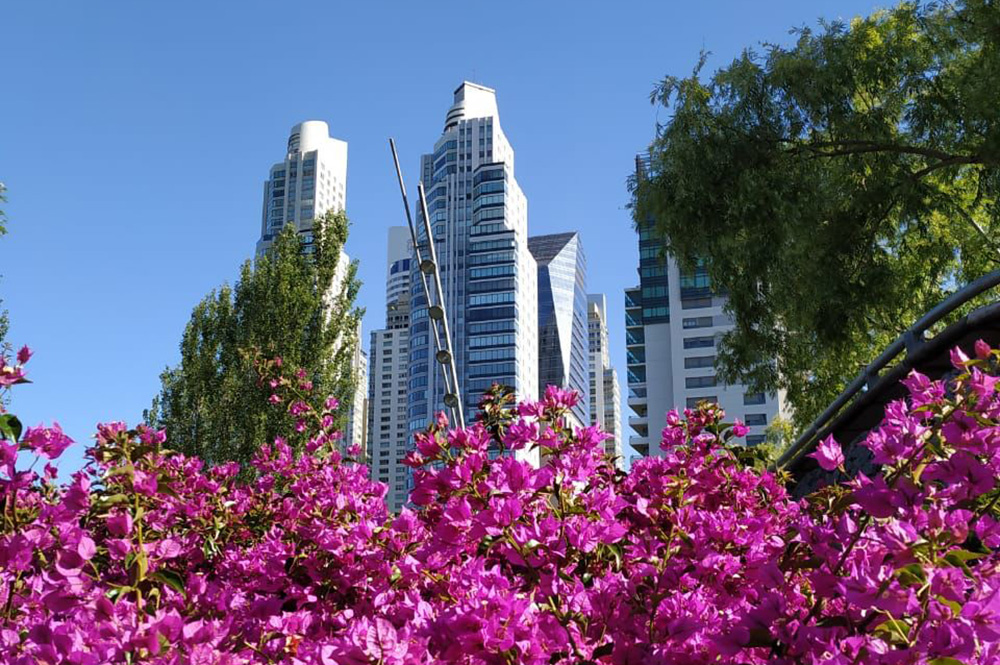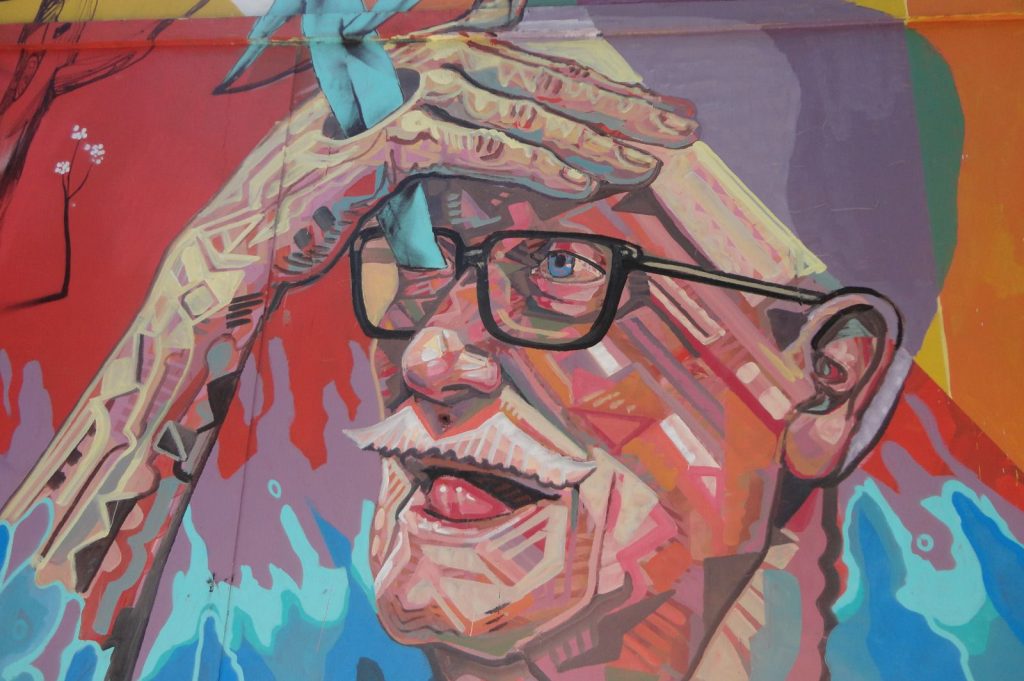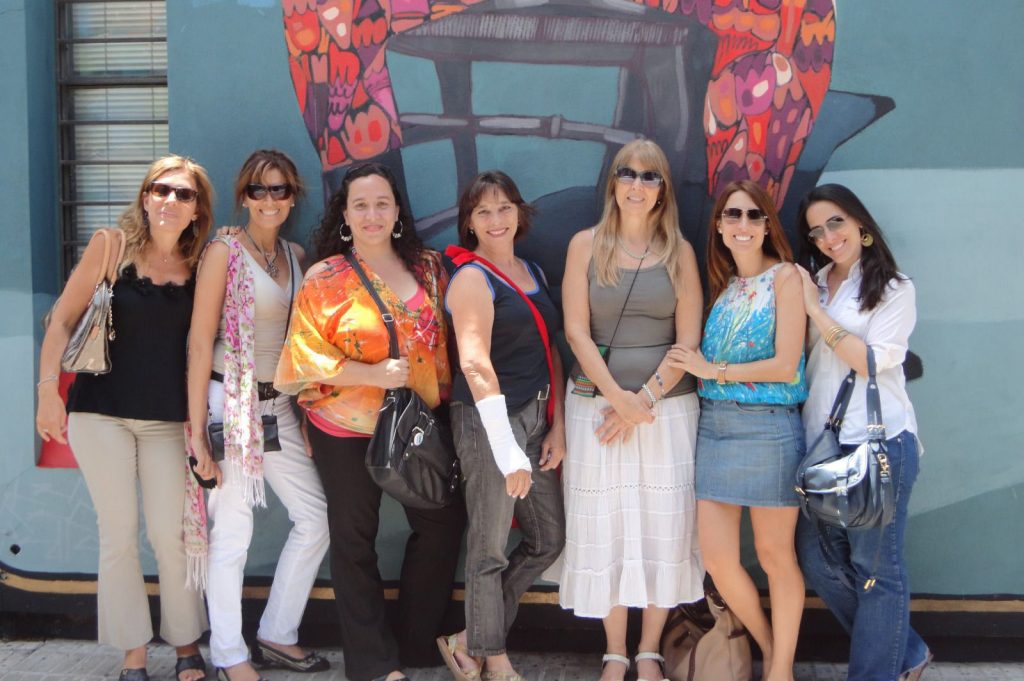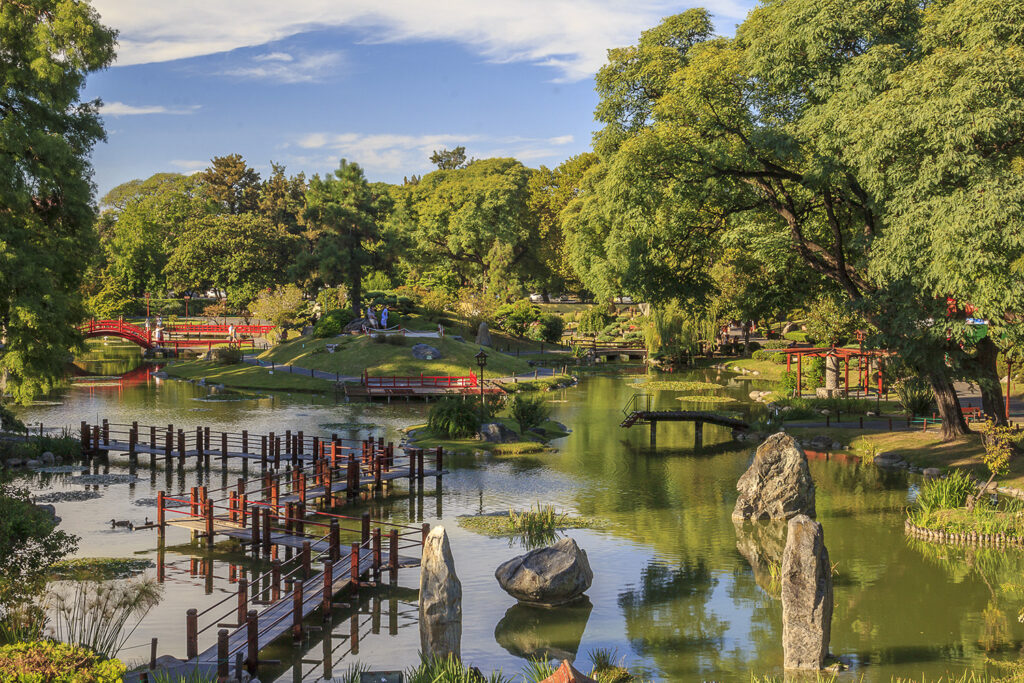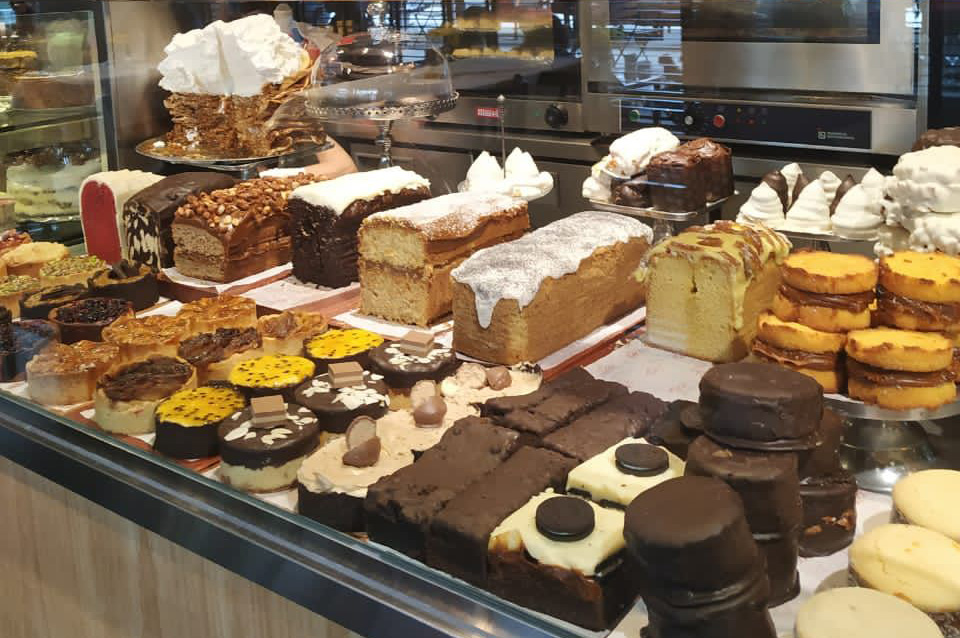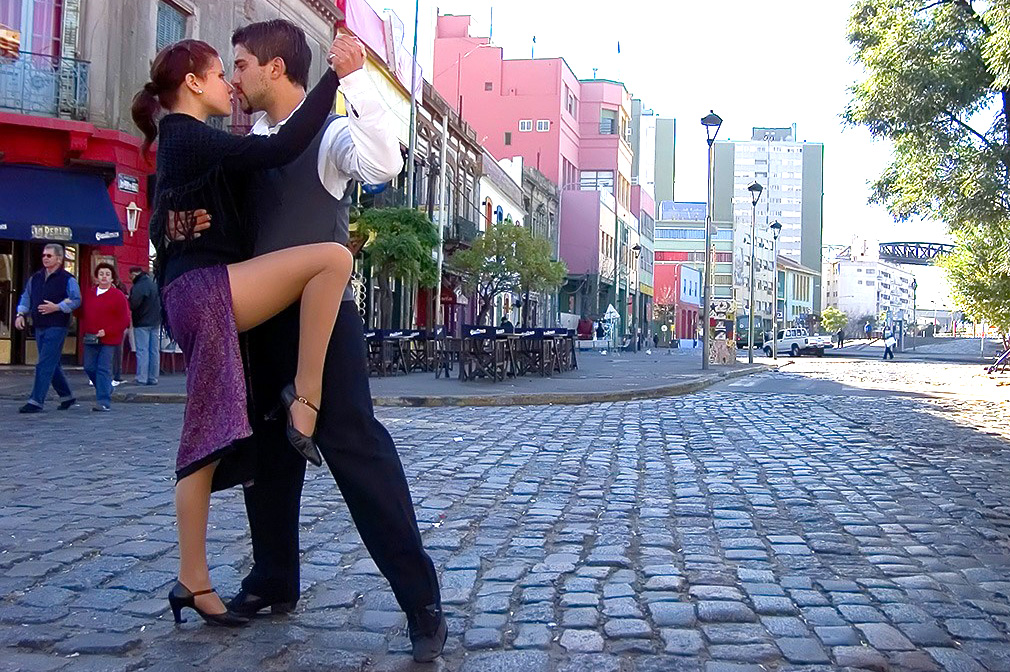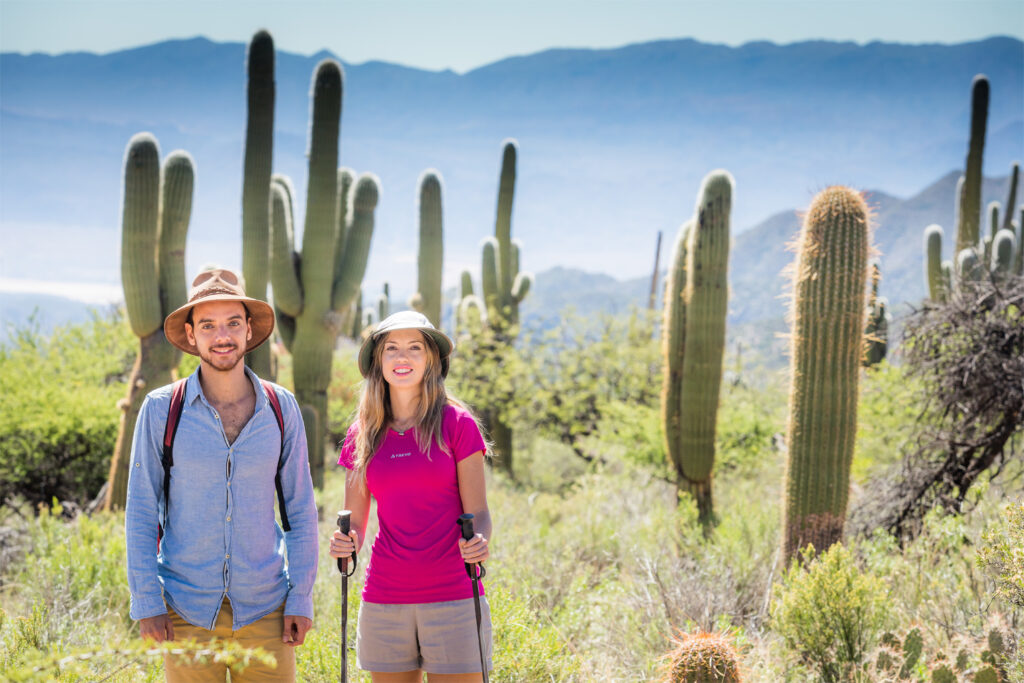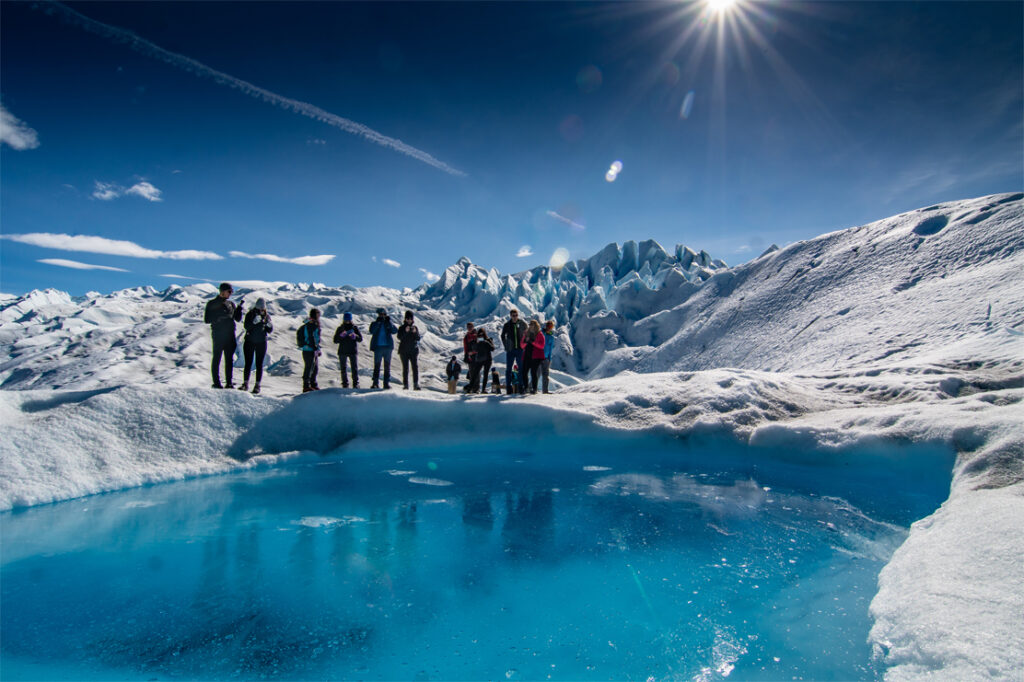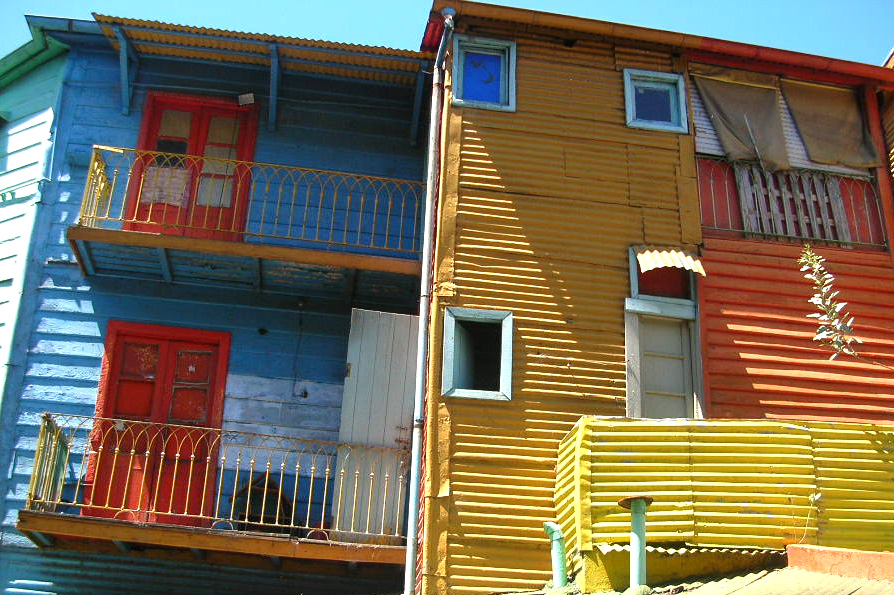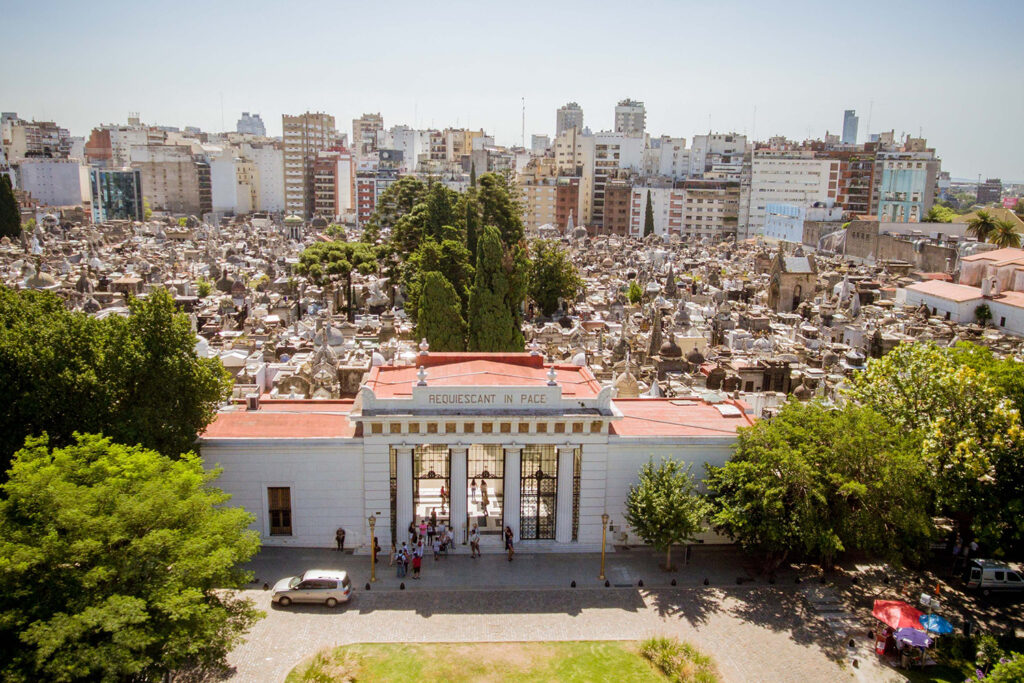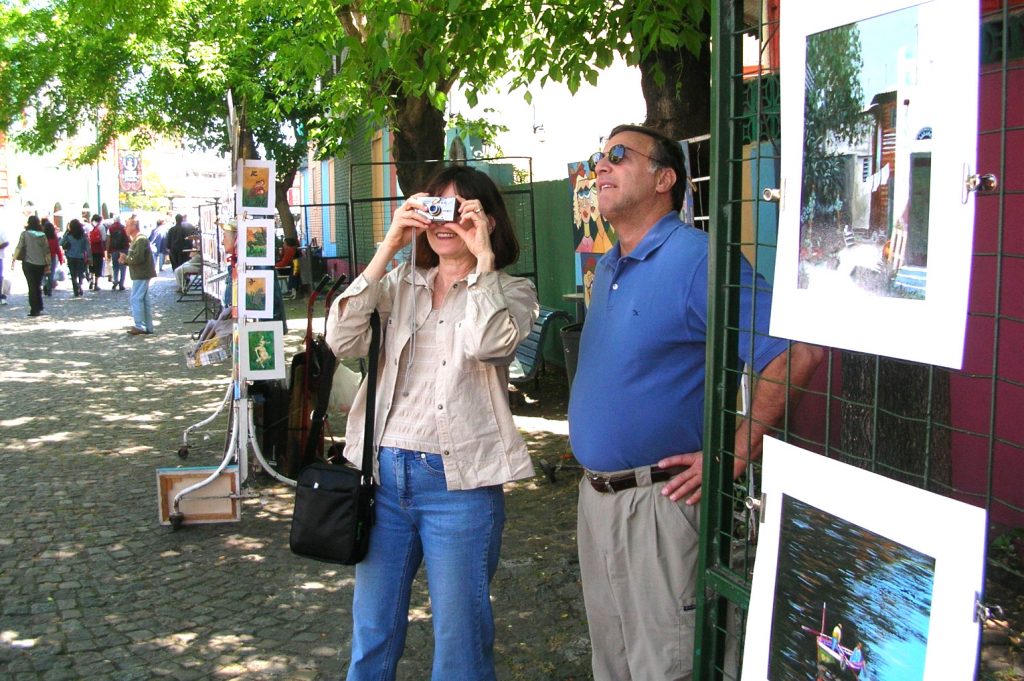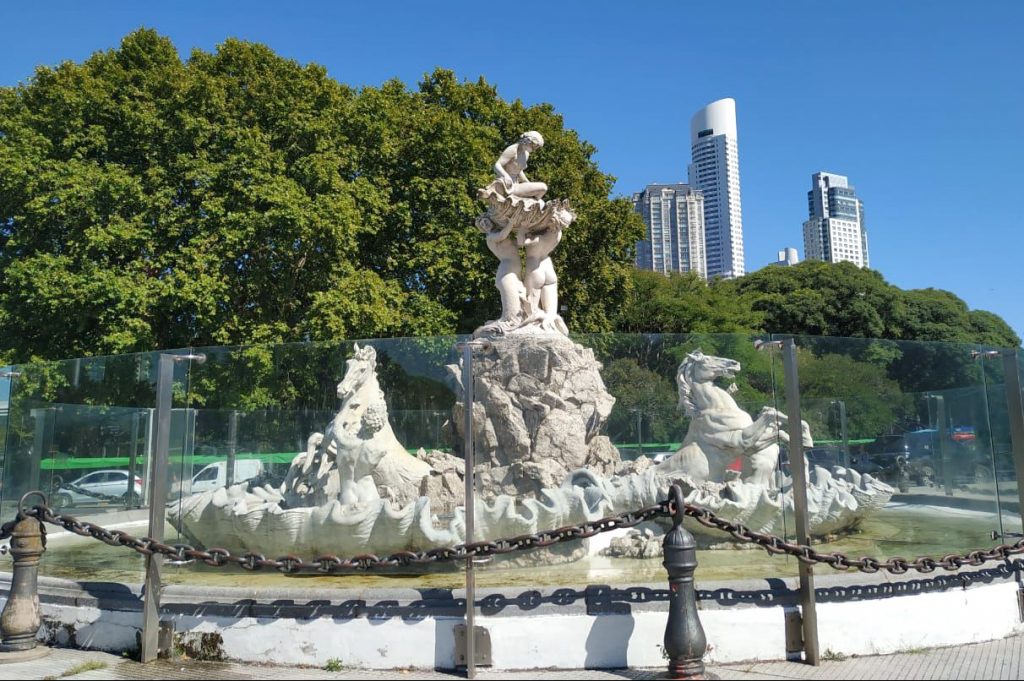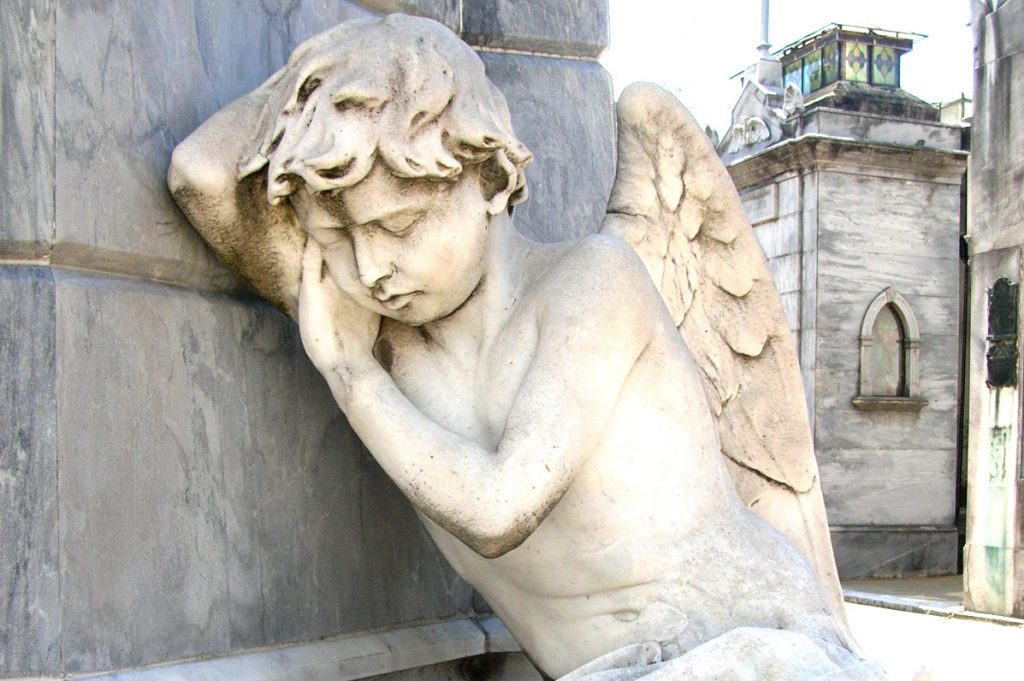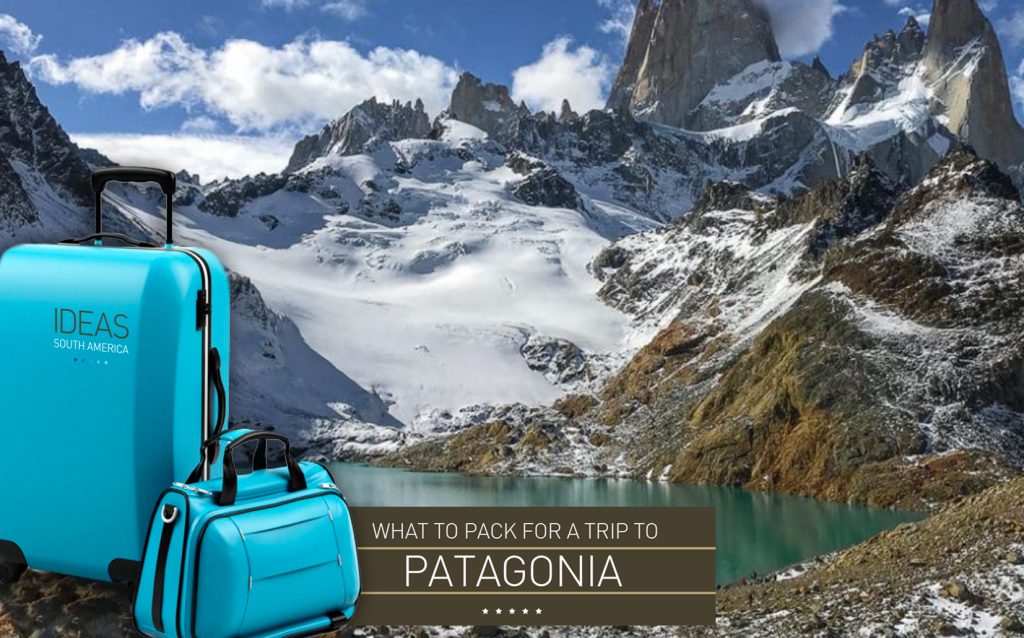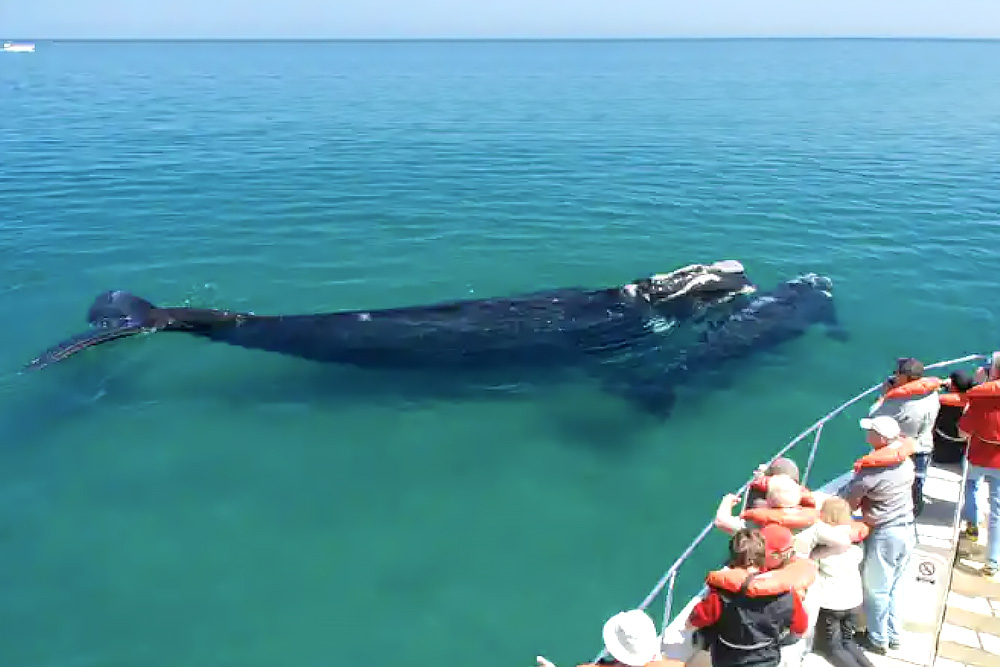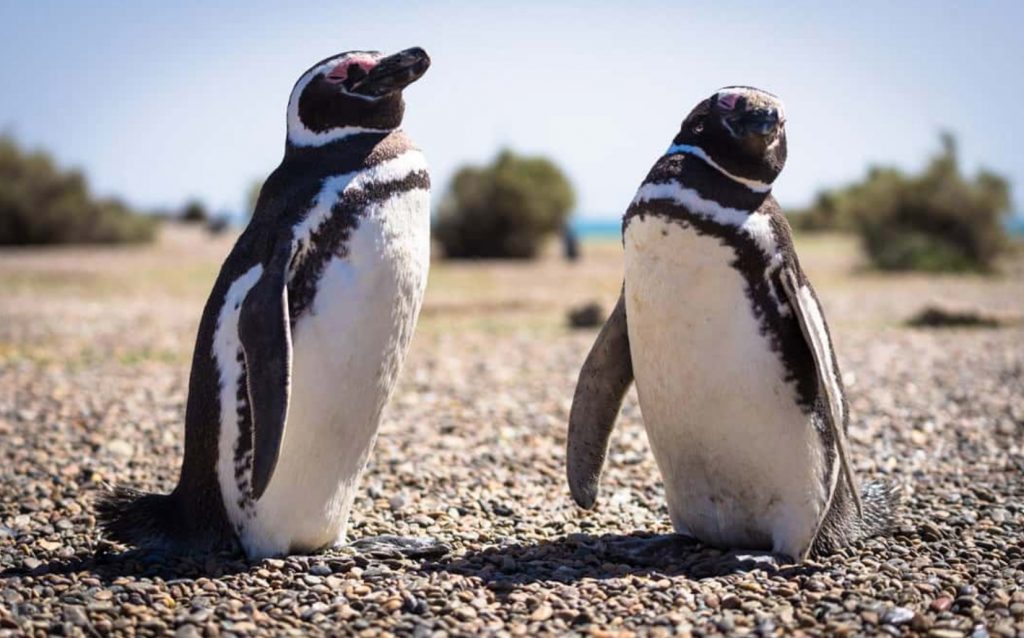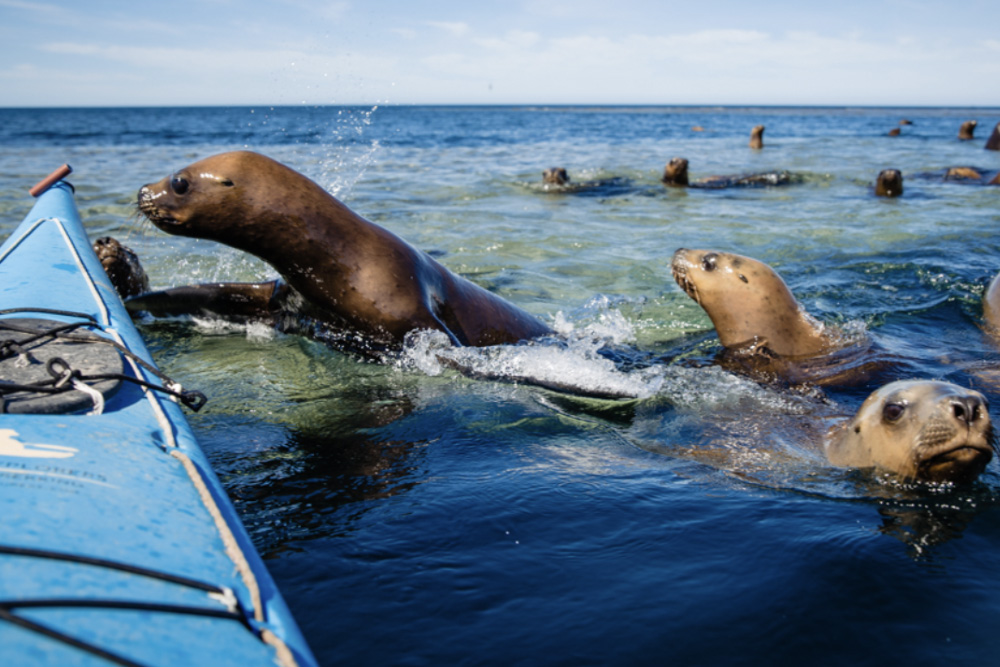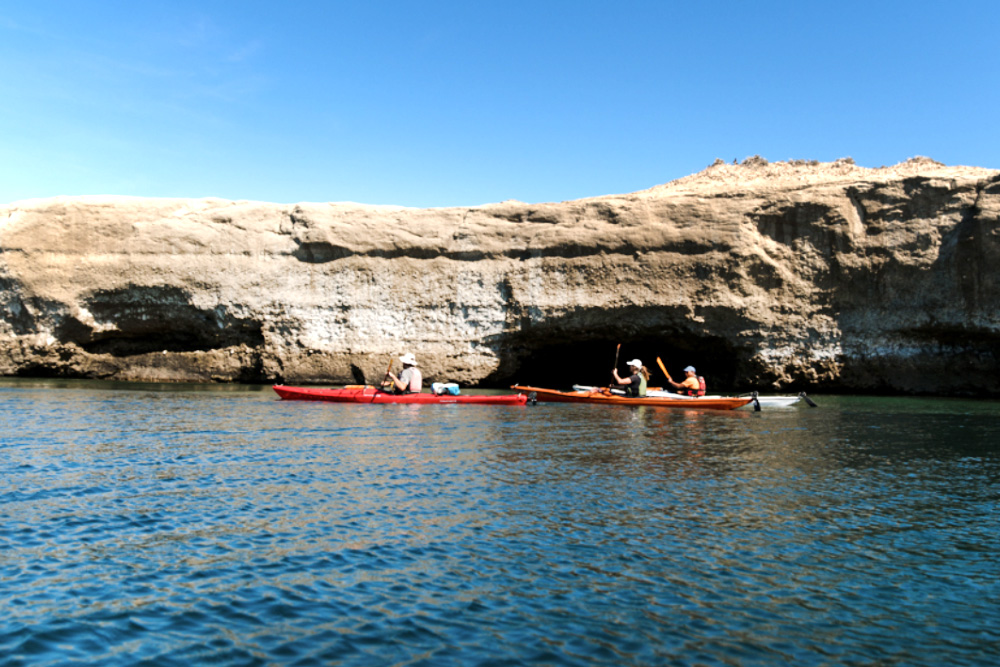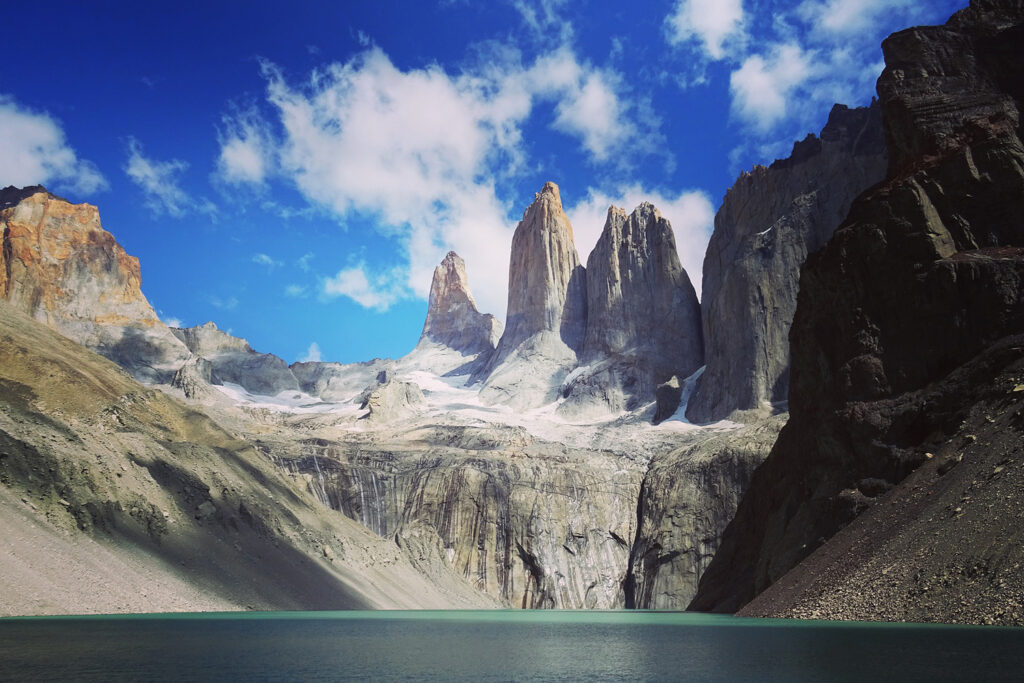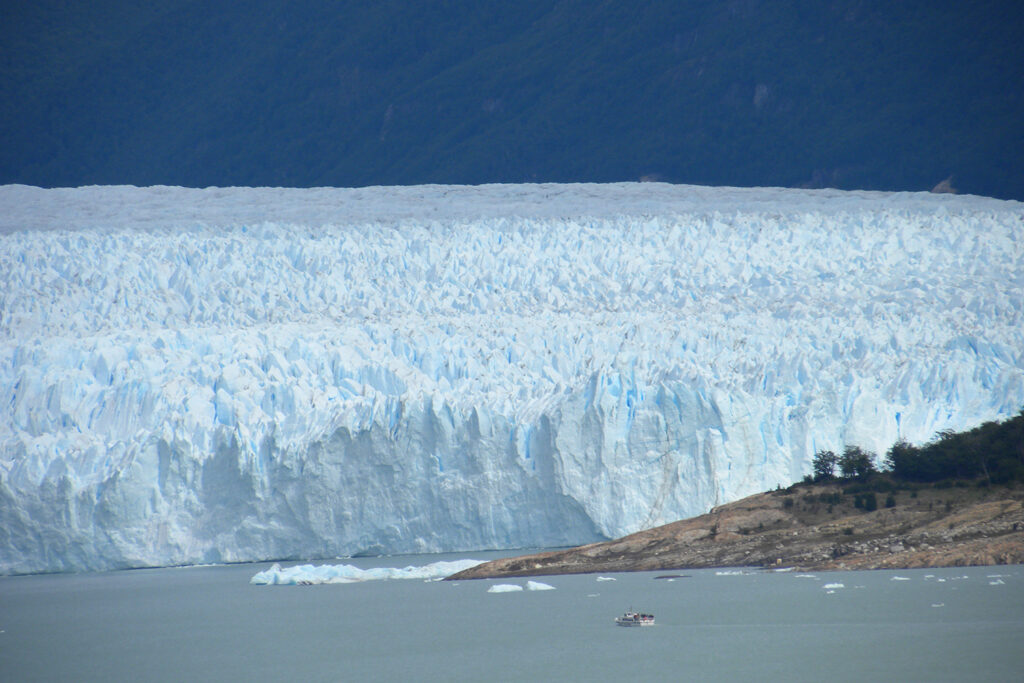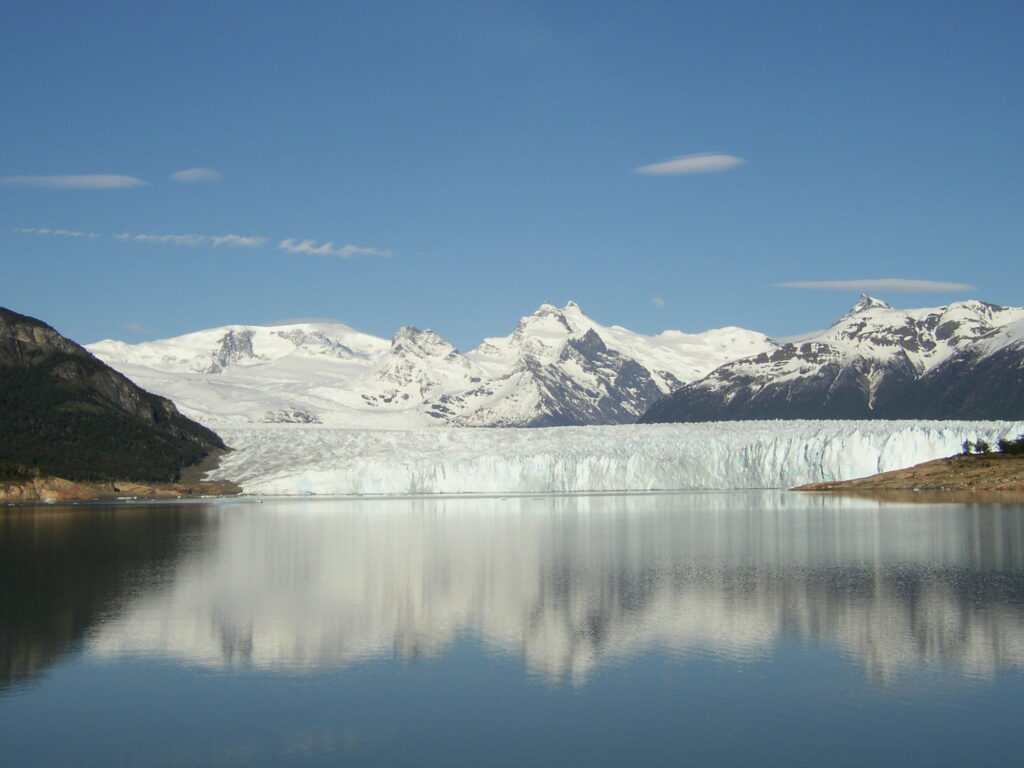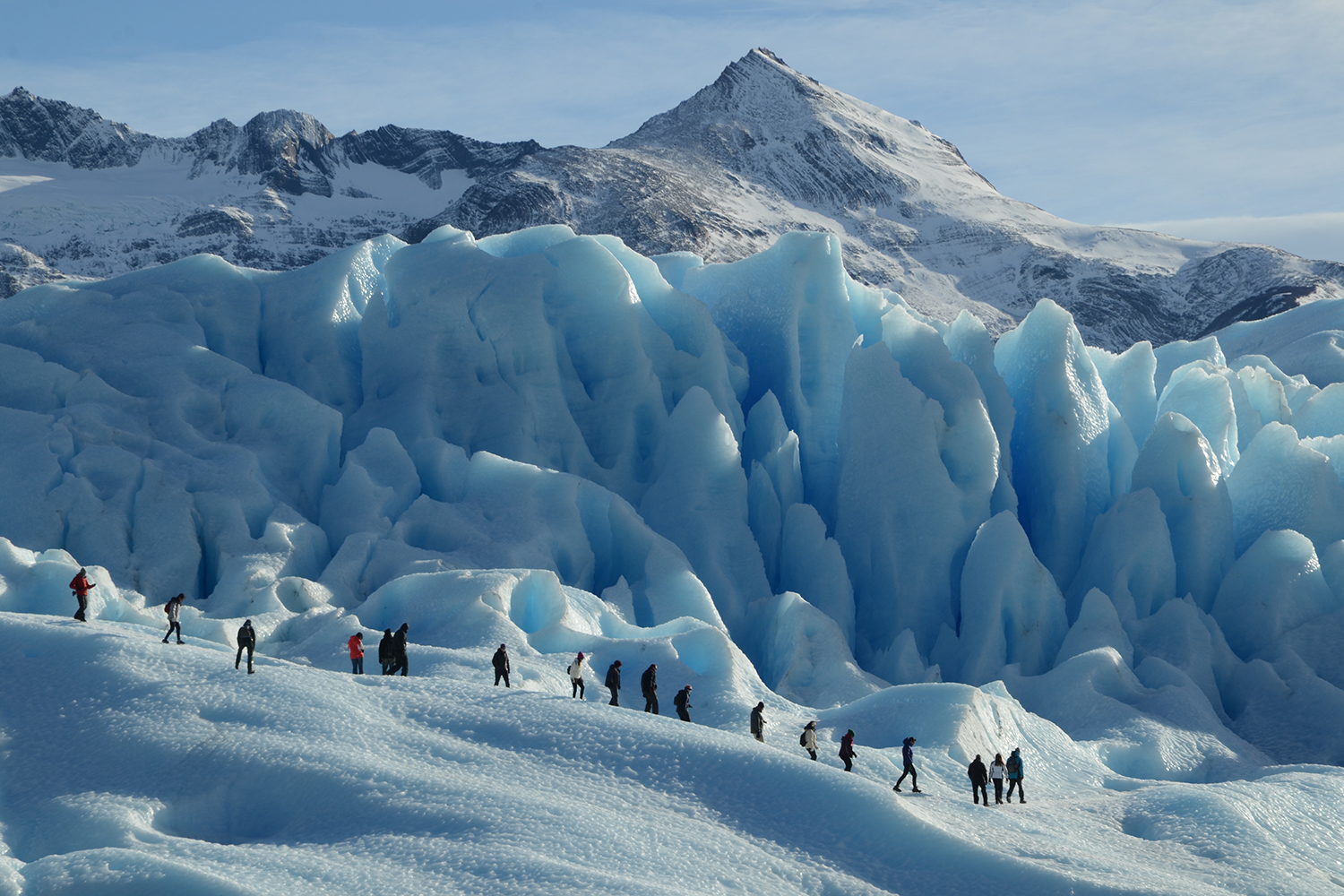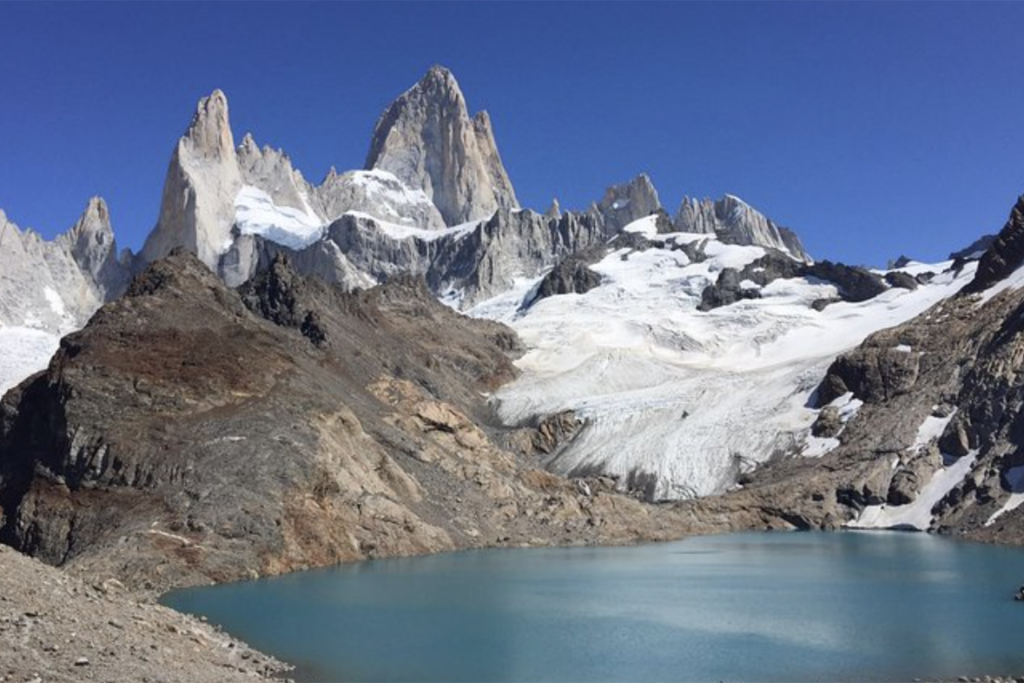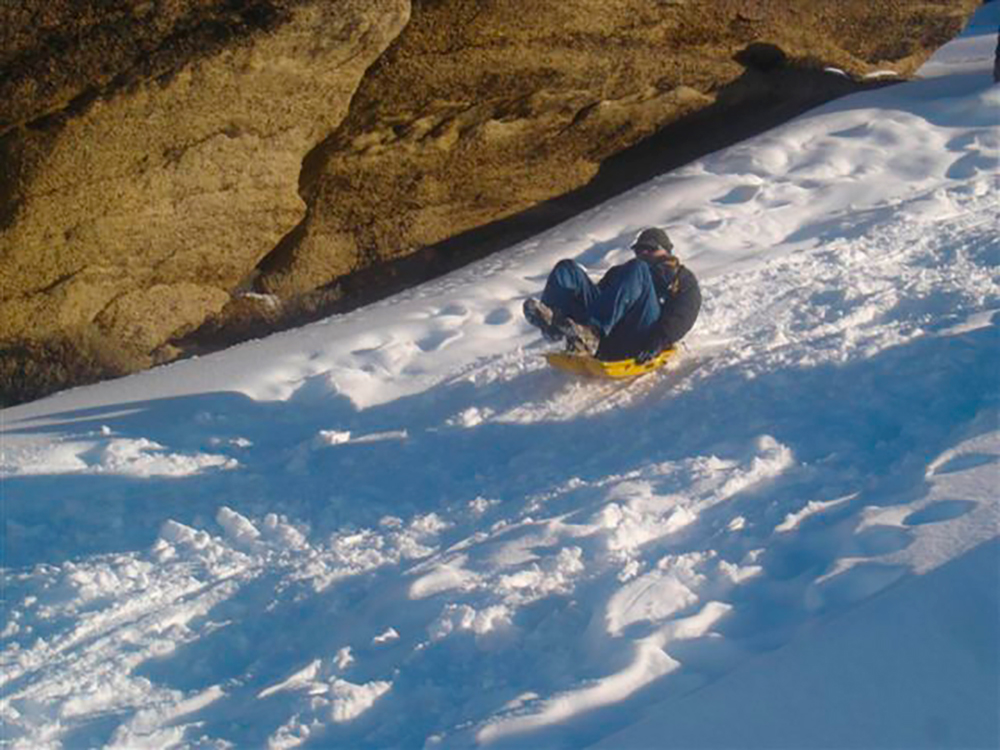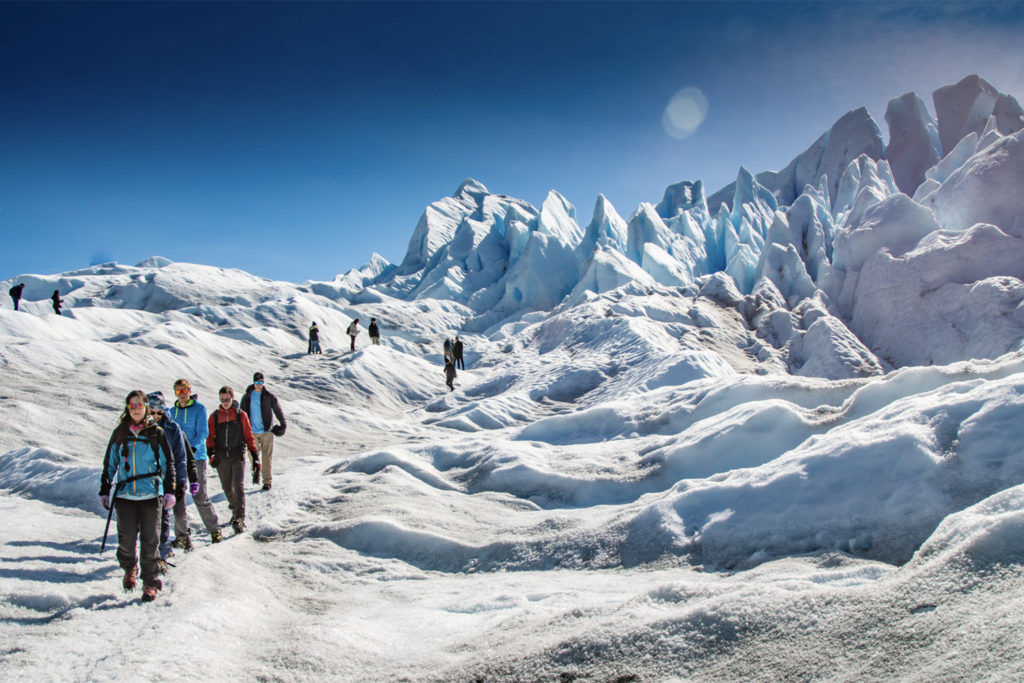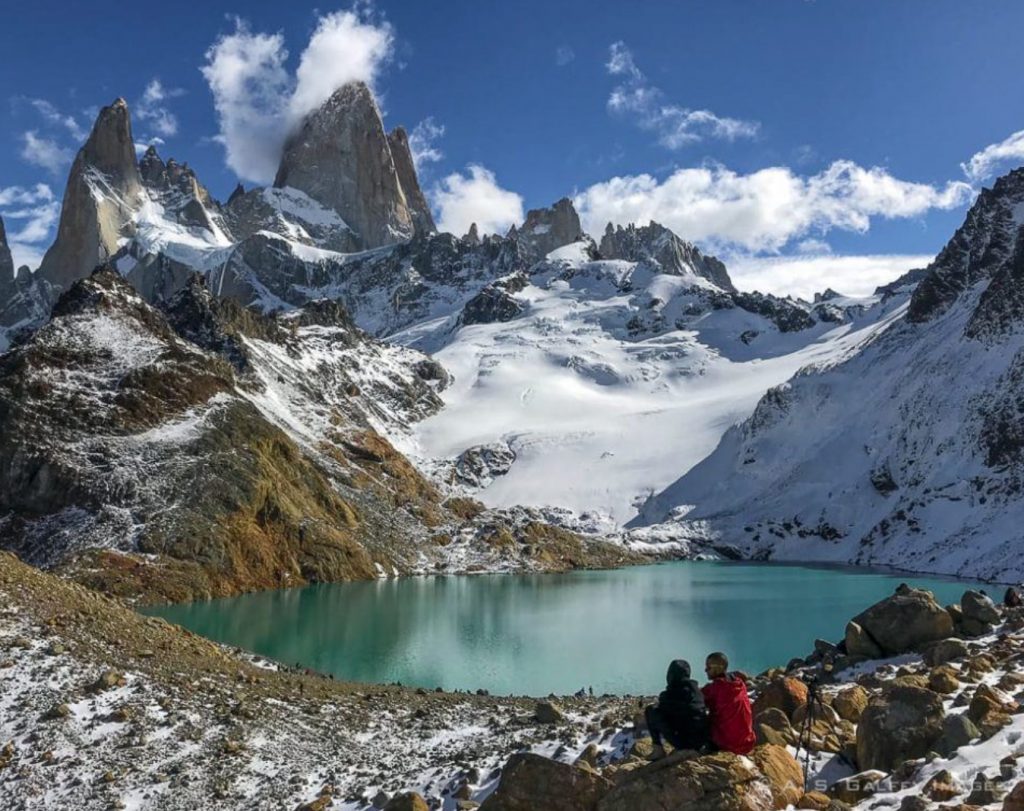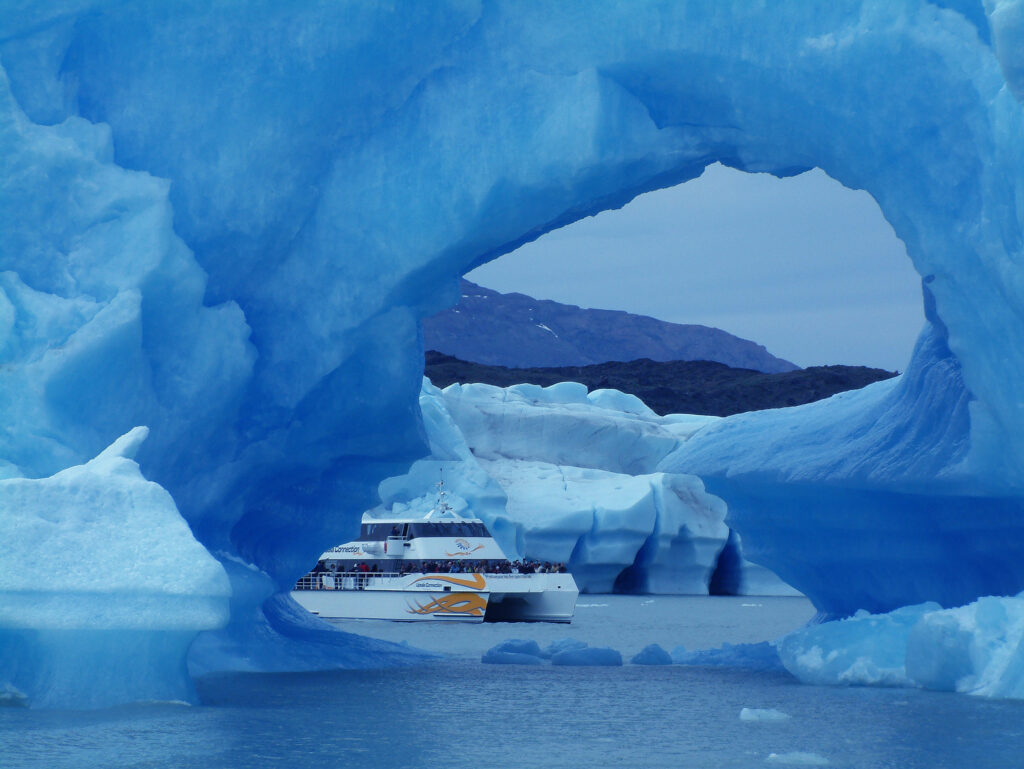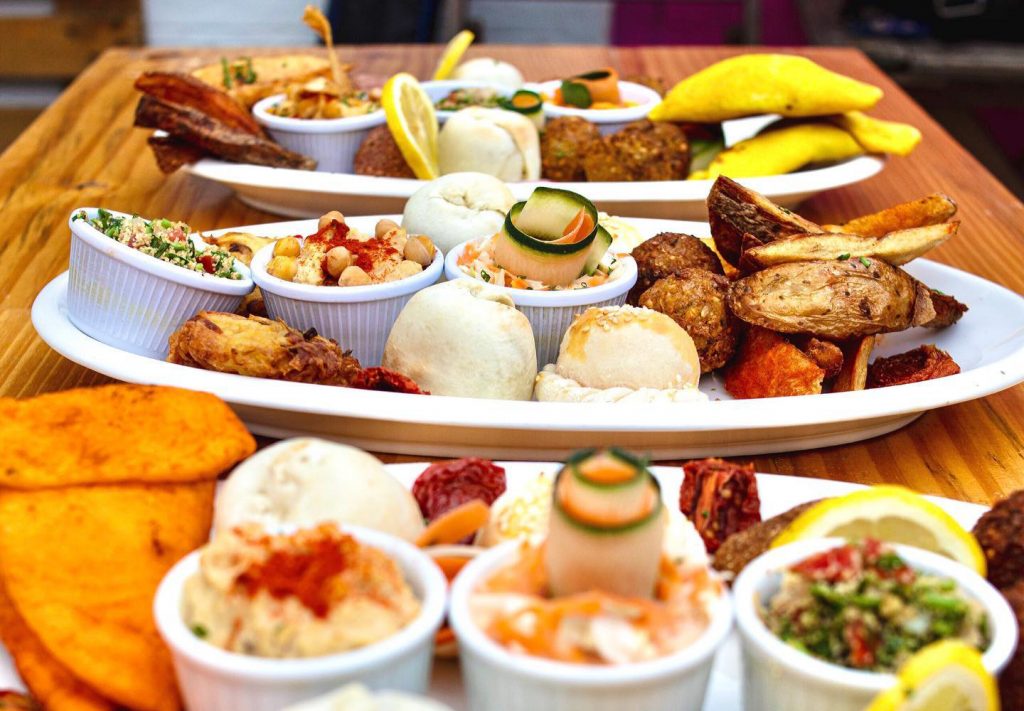Why it’s important to book your Patagonia trek ahead of time?
You may want to organize all-inclusive Patagonia trekking packages or travel more independently; Either way, it is essential that you make reservations in advance, especially if you travel between December and March, the high season. As local specialists in Patagonia and with more than 20 years of experience, we never get tired of giving this recommendation to our clients: If you can only travel during Christmas week or high season, book your trip to Patagonia a year in advance. And here are the reasons why:
A trip to Patagonia is not easy to plan.
There are many logistics to take into account and it is essential to have time to be able to articulate all the services that are needed for an efficient trip. The two local airlines have few frequencies to destinations such as Punta Arenas and Puerto Natales. The distances are great and missing a transfer can mean an extra expense of 700-1000 dollars if you are lucky to find a company or car rental with availability to transfer you to the Las Torres national park. Booking your flights early is crucial. Due to the shortage of daily flights to this destination, it is essential to book flights on time and at the time that allows you to connect with the transfer to your lodge/resort. (located at least 3 hours away from the airport).
Limited number of accommodation:
The Patagonia Region is one of the most sought after trekking destinations in the world. Nestled in a very remote location in the southern part of South America, more and more visitors are finding it easier to make the journey to see the “8th Wonder of the World”. As you can imagine, with over 250,000 visitors a year, the limited number of accommodations during the main summer trekking season fill up very fast. The park authorities are strict, and once the lodges and campsites are fully booked, they will not allow any additional trekkers to sleep inside of the national park. Each year around May, the main lodging companies release their prices for the year, and begin accepting bookings for the upcoming season. If you are planning to take a trip during peak trekking season (November 15th through March 1st), booking as early as possible is always recommended. Many people expect that giving a few months advance notice is ok, and are often disappointed that either the type of accommodation they are looking for or the dates are sold out. The lodges, known as “Refugios” are going to be the first to sell out, so if you don’t fancy camping then booking in advance is extra critical. Planning ahead allows you to choose. You can choose larger rooms, with a better view or even more exclusive because the rooms are not booked yet. When you book at the last minute, you have no choice but the hotel will give you what is available at the same price as the room with the best view. If you want to reserve the resort a month before your trip, there will probably be no availability and if there is, it will be difficult to reserve the type of room you want. The same goes for airfare, you risk your vacation by not finding flights on the date you want to travel and if you find it, it could be at the worst hours or the whole family will have to sit separately, not to mention other costs you might pay to reserve last minute seats.
More Trek Experiences & Best Guides
The best excursions and the best tour guides are the first to be booked. A good guide makes all the difference in a trip. It is highly recommended to start early and plan the excursions and find the best mountain guides that will make your trip an unforgettable experience.
Plan ahead and create a vacation that becomes a lifelong memory
By taking the time to plan ahead, you can check out reviews, set up tickets for attractions, and become immersed in the events of the area you are visiting. Once all of the planning is complete, all you have left to do is pack your bags, purchase a camera, and head off for the adventure of a lifetime.
For those folks who have set dates available to travel or have missed out on our open dates, you have three alternatives to consider.
1. Patagonia is worth the wait. Since a lot of you have had this on your bucket list for a while, those who are more patient can always put this trip aside for the year after knowing how the bookings work.
2. Trek during the shoulder season. If you have some flexibility on your dates, they options number two would simply be to look at some of the months just before or after the peak season. September and October are not quite as busy, and the closer you get to the main season, the better weather you’ll most likely encounter. Also look towards mid-March through mid-April, another time where the crowds are lower and the bright blue skies can fully be appreciated.
3. Day trip the National Park. The final option for those who have missed the booking deadlines will require some hardcore motivation and impeccable logistics, but if this is your one shot to make this trip happen, multiple day trips from Puerto Natales can be arranged. This would mean starting and finishing your day with a two hour bus ride in and out of the National Park, as well as some full days of hiking, but for the adventurous spirit this itinerary can certainly be a great option.
Now that you know all of your options, hopefully you can start your plans for the trip of a lifetime and join us in Patagonia! Contact Us and start planning your trip to Patagonia with experts who will make sure every decision is correct and will allow you to have a once-in-a-lifetime trip to Patagonia!



